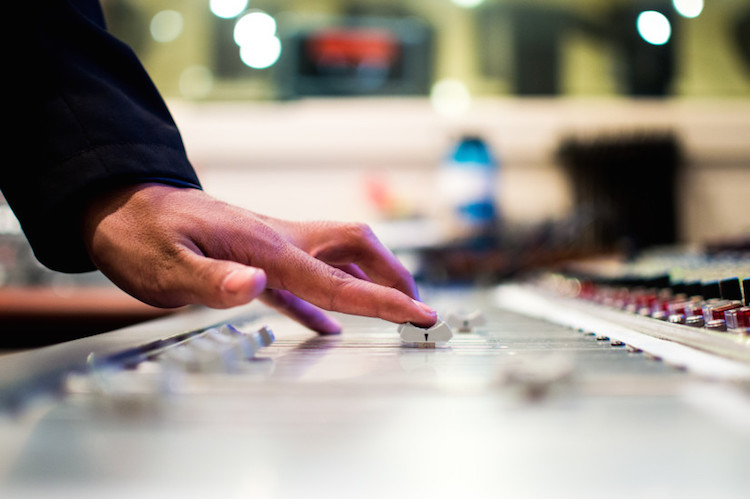Today, I continue my series on podcasting. Having declared 2015 as the Year of the Podcast, I’ve been working my way through what you need to start a podcast. If you missed last week’s post, be sure to read about the most important component of your podcast.
The Podcast Script
Once you’ve decided on the format of your show, you then need to plan out the show and start your script work. Every show format has basically the same components, but the arrangement may differ depending on the subject, the audience, or the style of the show.
The show components are:
- Opening
- Intro music
- Introduction & show details
- Advertisement
- Body
- The main content you want to cover (part one)
- Advertisement
- The main content you want to cover (part two)
- Closing
- Recap
- Advertisement
- Final thoughts
- Outro music
The Opening
Intro music – This is not a necessity, but your podcast will feel quite empty without it. If the intro music is skipped and the show starts with you just talking, it will communicate to listeners that you lack professionalism. So spend a few bucks and get some music. The key here is using the right kind of music. You can’t just fire up something from iTunes. That’s illegal. With music, you have a few options:
- Royalty-Free Music: Sites like AudioBlocks provide podcasters with music that can be used without worrying about the legality of the music. This is by far the easiest and quickest method of securing music for your podcast. For less than $100, you can select from thousands of musical clips to use.
- Original Music: You may have a friend who could lay down some music for you to use. Or you might be able to play your self. Either way, match the style and feel of the music to your content and audience. And if a friend records some music for you, pay them. And pay them well.
- Popular Music: Yes, you can use music from a host of artists if you wish. But you need to gain the rights to do so. This is by far the most expensive route when it comes to music (unless you really go all in for original music and have it composed, scored, etc.). Contact the licensing department of the record label you’d like to use the music from and go from there. Word of warning: there is no guarantee they will grant the license. And it won’t be cheap. And it will take quite a long time to get done.
A couple of final thoughts on the music. First, don’t let it drag on too long before you start the intro. I would try to stay around 10 seconds and then start the show while the music fades out underneath. Anything over about 15-20 seconds can frustrate the audience and leave them wondering if the show will ever start.
Finally, if you pre-record your show intro on top of the music, use the same theory on the timing, then wrap up around the 30-second mark. That gives you 10 seconds of intro music and 20 seconds to do your voiceover work.
Introduction & Show Details – Once the music gets started, it’s time for you to introduce the show. Cover who you will have on, what you’ll be discussing, and any other pertinent announcements. Maybe you have an update from a previous episode or need to answer a listener question before getting started. Maybe you want to open with a funny story related to the show. In any event, make this as short as possible. A few minutes here will go a long way. People go to restaurants for the food, not the menu. Keep that in mind with your introduction.
Advertisement – I like having an advertisements from day one on a podcast. First of all, it gets readers accustomed to hearing ads on the show and lets potential advertisers know what they will be getting if they decide to throw some money your way. So how do you decide what that advertiser will be on the front end? Use your website or a product of yours. Use a friend’s business (with their permission). Just set the precedent that there will be an ad break here and let advertisers know it’s available.
The Body
Main Content – Again, this section depends on your format. Once you settle on that, the body of the show will be decided upon.
Advertisement – As for the ad break I listed between the two halves of content, this is completely optional. If you have a natural break in your content (a pair of interviews with a break in between or two topics that are unrelated), then use the ad break. If not, don’t worry about it.
The Closing
Recap – Summarize the show. Let listeners know what the takeaways are from the episode. Leave them with a summary of what was covered in this episode.
Advertisement – Again, use this slot. Even if it’s an unpaid advertiser. Do not neglect this or it will seem so unnatural once you have advertisers.
Final Thoughts – This is your chance to do a couple of things. You can recap the announcements from the top of the show, you can plug an upcoming event or product, or you can use this to tease the next episode. “Next time on Serial…”
Closing Music – Ideally this plays underneath your final thoughts and fades in to full volume and then fades out to end the show.

